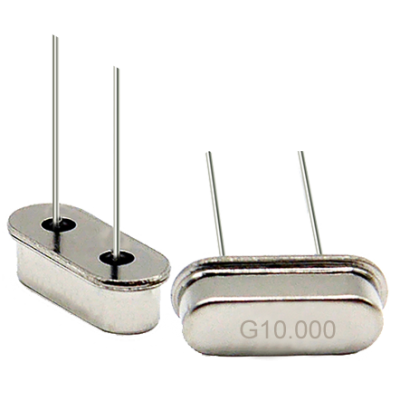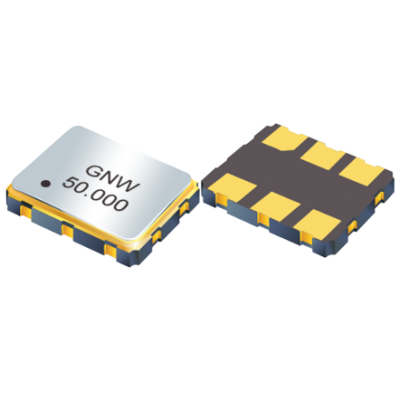
What is Short Term Stability in a Crystal Oscillator?什么是晶体振荡器的短期稳定性?
Short-term stability of a crystal oscillator is a measure of the oscillator’s frequency variation over a short period of time. It is typically measured for 1 to 10 seconds and is primarily caused by noise from electronic components in the oscillator circuits.
晶体振荡器的短期稳定性是衡量振荡器在短时间内频率变化的指标。通常测量时间为1至10秒,主要由振荡器电路中的电子元件产生的噪声引起。
The short-term stability can be measured by four main parameters: Allan variance (the most common one specified in oscillator data sheets), phase noise, spectral density of phase deviations, and the spectral density of fractional frequency deviations. Most manufacturers specify the oscillator’s short-term stability in terms of Allan variance.
短期稳定性可以测量四个主要参数:艾伦方差(最常见的振荡器数据表中指定的),相位噪声,相位偏差的频谱密度,和分数频率偏差的频谱密度。大多数制造商指定振荡器的短期稳定性的Allan方差。
Allan variance is a statistical tool (also known as a two-sample variance) and is the most commonly used time-domain measure of frequency stability (short-term stability) in oscillators, clocks, and amplifiers. This technique is a unitless measure of frequency stability, and it can be used to quantify the short-term stability of crystal oscillators. In crystal oscillator datasheets, the short-term stability is specified as a number (for instance 5 x 10-11 – called Allan variance). A low value of Allan variance indicates good stability over the measured period (i.e., it has negligible short-time frequency variation) over a measured period (typically 1 sec).
Allan方差是一种统计工具(也称为双样本方差),是振荡器、时钟和放大器中频率稳定度(短期稳定度)最常用的时域测量方法。这种技术是频率稳定性的无单位度量,它可以用来量化晶体振荡器的短期稳定性。在晶体振荡器数据表中,短期稳定性被指定为一个数字(例如5 x 10-11称为Allan方差)。较低的Allan方差值表明在测量周期内(通常为1秒)具有良好的稳定性(即,它具有可忽略的短时间频率变化)。
Allan方差定义
在研究晶体振荡器和原子钟的稳定性时,人们发现这些系统的相位噪声中不仅有白噪声,而且有闪烁噪声。使用传统的统计工具(例如标准差)分析这类噪声时统计结果是无法收敛的。为了解决这个问题,David Allan于1966年提出了Allan方差分析,该方法不仅可以准确识别噪声类型,还能精确确定噪声的特性参数,其最大优点在于对各类噪声的幂律谱项都是收敛的。该方法最初被用于分析晶振或原子钟的相位和频率不稳定性,比如,晶振的中心频率均采用Allan方差来表征时域内的稳定度。由于高端陀螺,气体传感等各类物理量测仪器本身也具有晶振的特征,因此该方法随后被广泛应用于各种物理传感器的随机误差辨识中。







